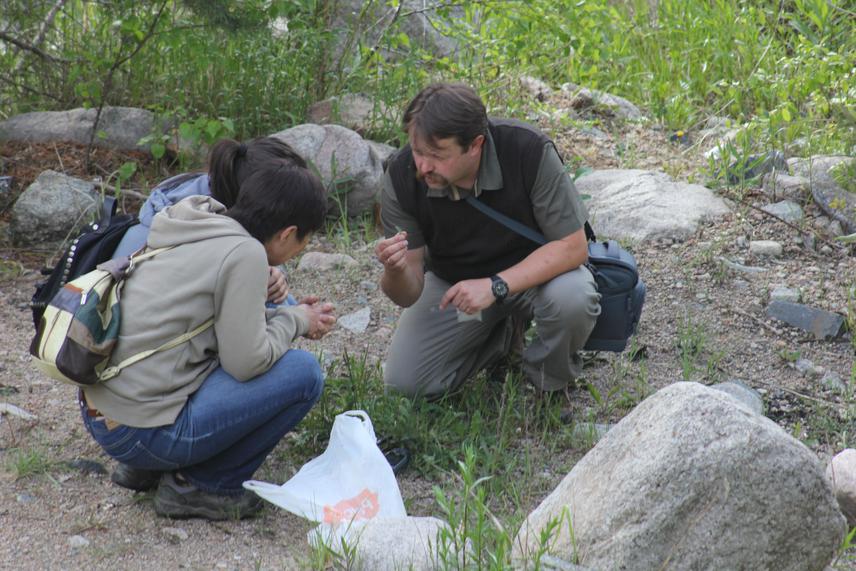Tamás Cserkész
We aim to unravel the hidden biodiversity of the mountain meadows of Eastern Kazakhstan using field surveys and molecular methods. Also we aim to establish a cooperation network for knowledge exchange with local researchers and students.

Information available for World conservationist decision-makers on the biodiversity hotspots of East Kazakhstan’s mountains is scarce. Kazakhstan area was closed for foreign researchers for a long time, and also, only very few local researcher work in this region in proportion to its' huge area. Under these circumstances taxonomical and conservational status of many species is not determined, due to the lack of appropriate knowledge. Therefore, the level of the still “hidden diversity” might be high in this region, which means that undescribed plants and animals are “hiding” here. Moreover, the taxonomy of most species occurring here has not been confirmed with molecular methods. As such, conservation biologists with taxonomic and genetic expertise are highly needed in this region.
Here we are planning a long standing cooperation with our Kazakh partners in the subject of this proposal. We have many experience regarding steppic ecosystems because its western limit is in Hungary and we could utilise and widen our experience in Kazakhstan for the protection of steppic and other grassland habitats and species.
Expected conservation output:
1) The exact distribution and habitat preference of several protected mammal species will be prepared and scientific descriptions will be made available. A detailed botanical survey will be prepared for the habitat of several mammal species, which is still lacking in most cases.
2) Information about threats to the surveyed populations will be summarized and a draft on the ‘Best practise’ monitoring and conservation methods will be edited.
3) The taxonomic and conservation status of some endemic vascular plants (e.g. Oxytropis almaatensis) and mammal taxa will be clarified so it will be possible to assess them for the IUCN Red List.
4) No Red List distribution information is available or the info is outdated for the majority of taxa, so we plan to collect and share the info.
5) The foundations of an international cooperation between local and international experts will be layed in several domains (i.e. landscape and field ecology, conservation biology, conservation genetics) to promote the protection of endemic plant- and animal species.
6) Awareness raising and education: We will draw attention on the major conservational issues of mountain meadows using websites (for larger audience) and scientific papers (for the scientific community) both in English and Kazakh languages.
7) Our results may help to assign new protected areas in the future.